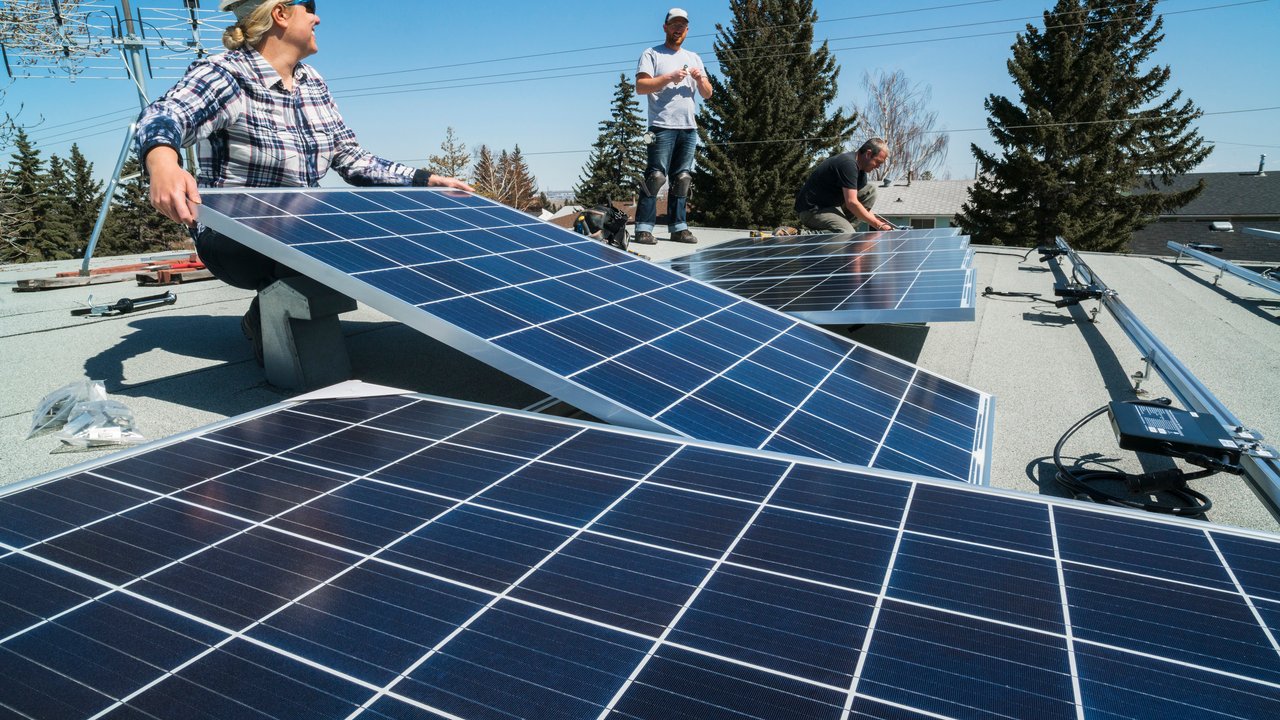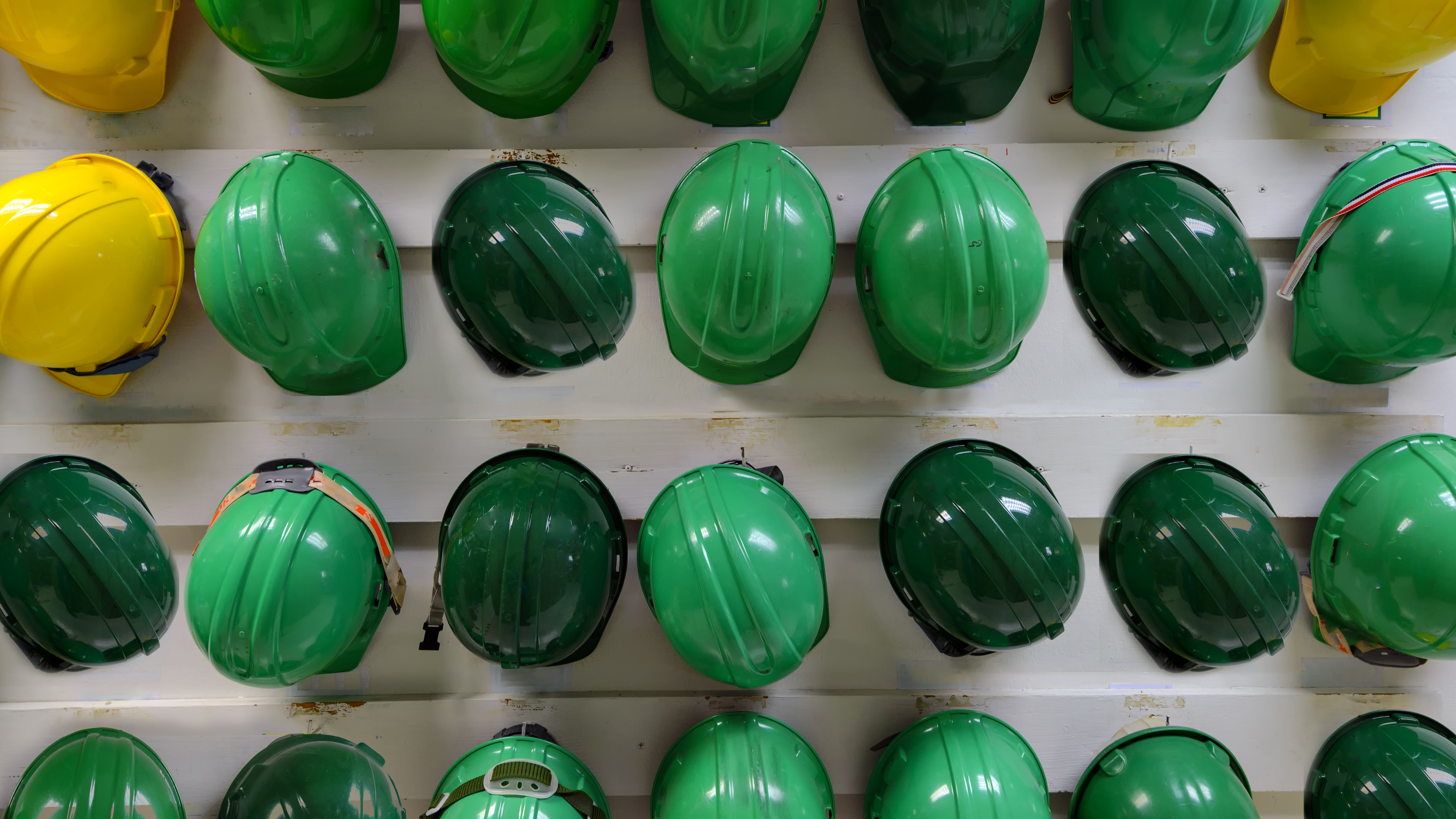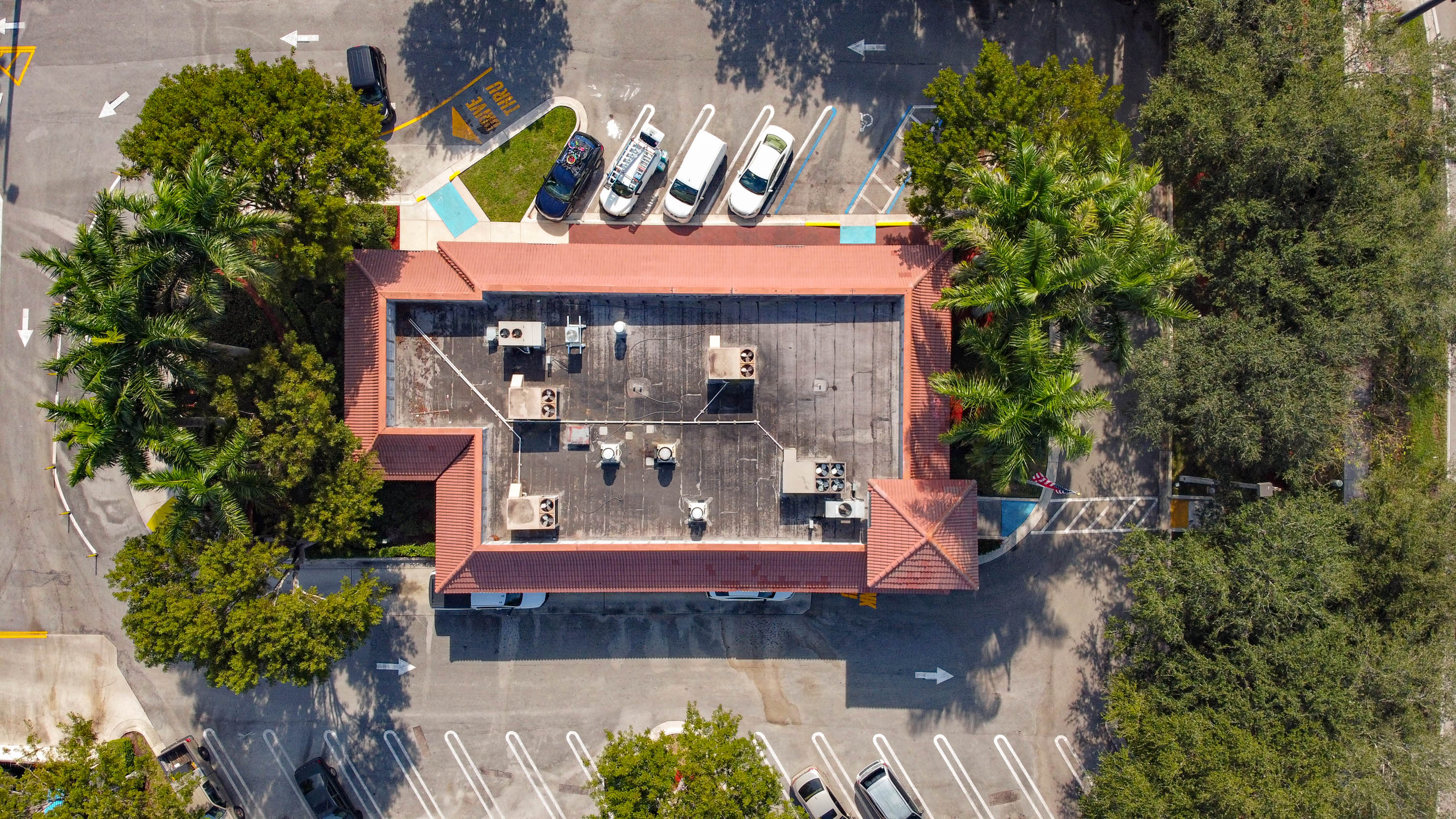
Reinsured Commercial Equipment Breakdown
Equipment breakdown coverage for small businesses
properties.trackTitle
properties.trackSubtitle
Coverage for physical damage and business income loss resulting from equipment breakdown
Commercial equipment breakdown coverage
Filling the gaps that property insurance won’t cover
Property insurance is not designed to provide protection for the unique technical causes of equipment breakdown. With HSB commercial breakdown insurance, your policyholders are protected from risks of loss due to power surges, short circuits, centrifugal force, boiler overheating or cracking, and mechanical breakdown.
Innovative coverages available only from HSB
With coverage for electronic circuitry impairment and HSB’s AlertAssist™ Equipment Alert, your clients can feel confident in their commercial equipment operations.
- Electronic circuitry impairment covers equipment breakdown caused by undetectable or nonphysical damage to microelectronics such as firmware corruption or software failure. This coverage is triggered when covered equipment suddenly stops working as it had been and that equipment or a part containing electronic circuitry must be replaced.
- With AlertAssist™ Equipment Alert, coverage begins when an electronic machine health monitoring system installed on the equipment alerts the owner about a pending equipment failure. There is no deductible, and costs such as troubleshooting and preemptive repair are covered. Coverage may not be available in all states.
HSB Equipment Breakdown Services

What a loss can cost
$44,267
Grocery store
After a power surge damaged wiring, telephone, alarm, point of sale system, and coolers in a local market, the groceries spoiled and the owner had to close the store until repairs could be made.
$58,500
Pizza restaurant
The owner of a popular pizza shop didn’t notice the grease build-up in the exhaust fan until the fan’s shaking caused the bearings to burn out and the fan to stop. With no ventilation, the owner had to close until repairs could be made.
$13,212
Print shop
When the owner of a print shop discovered that his printer wouldn’t turn on, his repair person found the equipment’s motherboard and networking card had issues. Functionality was restored when the electronic components were replaced. Parts shipping delays caused the printer to outsource two jobs.
Why trust HSB for commercial equipment breakdown insurance
#1
Equipment Breakdown insurer
HSB is the leading provider of equipment breakdown insurance in North America.
600+
Commissioned inspectors
HSB employs over 600 commissioned and accredited inspectors and engineers.
150+
Years
HSB was one of the first to offer equipment breakdown (formerly boiler & machinery) insurance.
A++
Rated
HSB is rated Superior by A.M. Best rating, the largest credit rating agency in the world specializing in the insurance industry.



